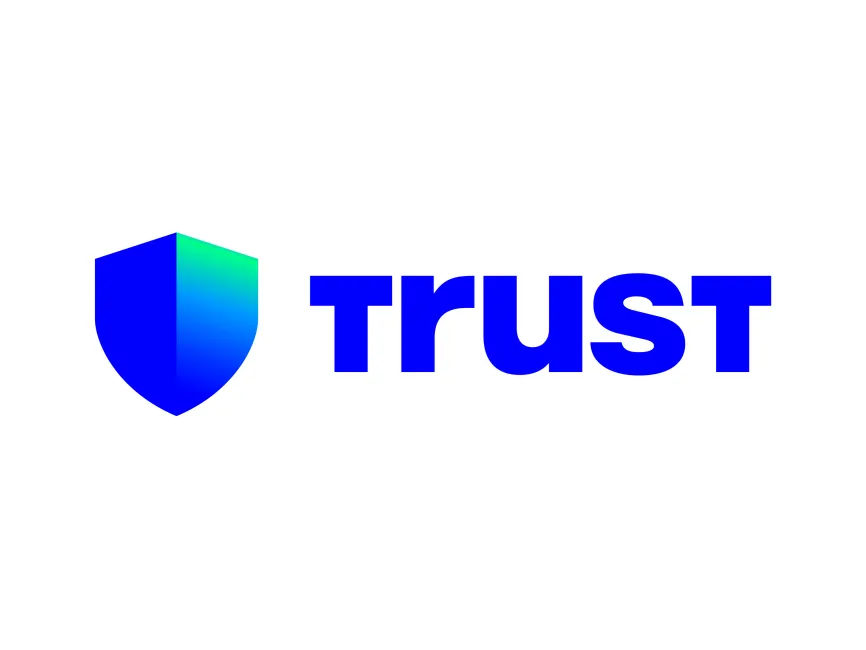Okay, so check this out—multi-chain DeFi is not just a buzzword anymore. It’s becoming the backbone of how we interact with decentralized finance. At first glance, it seems like the promise of seamless asset movement across blockchains is just hype, but then you dig deeper. Whoa! The complexity behind syncing wallets and integrating Web3 apps across chains is a whole beast on its own.
Seriously? Yeah. My instinct said this would be simple, but it turns out there’s a lot going on under the hood. Users want to jump from Ethereum to Binance Smart Chain, then maybe to Polygon, without juggling multiple apps or wallets. The challenge? Making that experience feel natural, intuitive, and secure. Something felt off about the early solutions—they were clunky, fragmented, and frankly, a pain to manage.
Here’s the thing. Most of us don’t care how it works, just that it works. But the technical hurdles—like synchronizing wallet states, handling different token standards, and ensuring transaction finality—are very very important for developers and users alike. And honestly, I’m biased, but trust wallet nails this better than most I’ve tried.
At the heart of it, multi-chain DeFi isn’t just about moving tokens. It’s about creating a fluid Web3 ecosystem where your wallet is your passport, syncing your assets in real-time no matter where you go. Imagine starting a yield farm on one chain, then checking your portfolio on another, all without logging into different interfaces or coping with gas fee nightmares.
Hmm… that sounds almost too good to be true, right? But the tech is catching up. Wallet extensions that support multi-chain capabilities are bridging these gaps, making interoperability less theoretical and more practical.

Wallet Synchronization: The Unsung Hero of Multi-Chain DeFi
Let me tell you, the synchronization piece bugs me the most. It’s easy to overlook until your balances don’t match or your transaction history gets all scrambled. Initially, I thought syncing wallets across chains was just about reading blockchain data simultaneously. But actually, wait—let me rephrase that. It’s also about managing private keys securely, caching data, and handling different wallet standards like EIP-1559 on Ethereum versus BEP-20 on Binance Smart Chain.
On one hand, you want instant updates; on the other, too much data fetching can slow down the extension or app. So developers have to strike a balance. And guess what? That’s where the real innovation is happening with wallets like trust wallet. They’re not just a gateway. They’re actively syncing your assets, approvals, and even NFT collections across multiple chains without you having to lift a finger.
Whoa! That’s a game changer, especially when you consider how fragmented DeFi was before. I remember juggling MetaMask for Ethereum and other wallets for different chains. It felt like managing multiple bank accounts with zero integration. Painful.
Check this out—when your wallet syncs seamlessly, it opens doors to deeper Web3 integration. For example, Web3 apps can recognize your wallet state and offer personalized experiences, like instant loan offers or cross-chain swaps, without asking you to reconnect or reauthorize every time.
Really? Yeah, and this is where the ecosystem matures. The more your wallet talks to diverse blockchains simultaneously, the richer your DeFi experience becomes. But, I’m not 100% sure if the current infrastructure can scale without hiccups. There are still latency issues and occasional network congestion that can throw off sync timing.
Web3 Integration: Making DeFi Feel Like Home
Okay, so think about Web3 integration this way: your wallet isn’t just a vault for assets. It’s becoming a hub for identity, reputation, and access control across DeFi platforms. The multi-chain aspect makes this trickier because your identity and permissions need to be consistent everywhere.
Initially I thought wallet providers only handled keys and tokens, but in reality, they’re evolving into full-fledged Web3 agents. This means managing decentralized identities (DIDs), supporting on-chain governance participation, and even handling cross-chain smart contract interactions.
Here’s what bugs me about some platforms—they push multi-chain support but don’t prioritize user experience. For instance, you might need to manually switch networks or approve multiple transactions for a single action. That’s a huge friction point.
Thankfully, wallets like trust wallet are working on smoothing these bumps by auto-detecting chains and batching transactions when possible. It’s not perfect yet, but it’s moving in the right direction.
Something else to consider: as DeFi scales, regulatory pressures might affect how these multi-chain wallets operate, especially concerning KYC and AML compliance. On one hand, decentralization promises privacy; though actually, regulators want transparency. That tension will influence wallet design and Web3 integration moving forward.
Whoa, that’s a lot to unpack, huh? But it also means we’re at a fascinating crossroads. The wallets that can balance user freedom, security, and seamless multi-chain connectivity will likely become the go-to hubs for DeFi users.
Real Talk: What’s Next for Multi-Chain Wallets?
So, where do we go from here? First off, expect more wallets to embrace multi-chain syncing as a core feature, not just an add-on. The demand is there. Users want simplicity without sacrificing control.
Check this out—there’s a growing trend of wallet extensions integrating directly with decentralized identity platforms and layer-2 solutions. This means faster transactions, lower fees, and more privacy—all wrapped into one user experience.
But, I’ll be honest, the user onboarding still needs work. Sometimes, the jargon and interface overwhelm newcomers. Multi-chain is powerful, sure, but it risks alienating casual users if it’s not presented clearly.
Something cool about trust wallet is that it tries to balance depth with usability. They’re constantly refining the extension to help users navigate different chains without feeling lost.
In the end, multi-chain DeFi with synchronized wallets is more than just tech—it’s a paradigm shift. It challenges how we think about money, identity, and trust online. And honestly, that’s what makes it so damn exciting.
 Docs
Docs
 Support
Support




 Home
Home  Whishlist
Whishlist  Compare
Compare  Checkout
Checkout